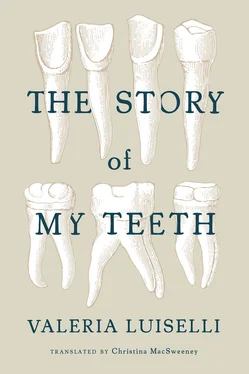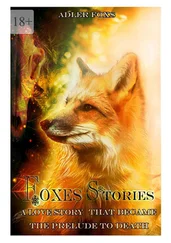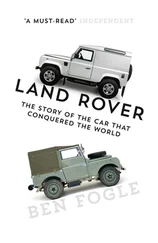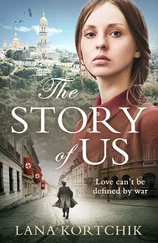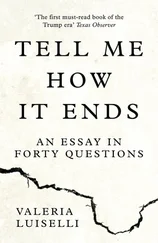2009Sexto Piso publishes Emiliano Monge’s novel Morirse de memoria.
2010At age twenty-seven, while in Wisconsin, Mexican writer Laia Jufresa learns how to ride a bicycle.
2001–2010
Highway buys a plot on Calle Disneylandia and lives in seclusion.
He continues to collect local memorabilia.
2005The 100th anniversary of the publication of G. K. Chesterton’s essay “A Piece of Chalk.”
October 13, 2006Two hundred years since German philosopher Georg Wilhelm Friedrich Hegel saw Napoléon ride through the streets of Jena.
2006 El buscador de cabezas, by Guadalajara-born Antonio Ortuño, is selected as the best debut novel of the year by the newspaper Reforma.
2007Mexican telecoms magnate Carlos Slim is reported to be the world’s richest man.
2008In his essay “El arte de vivir en arte,” Argentine writer and critic Alan Pauls states that fiction can be understood as “a map based on coincidences and divergences.”
July 29, 2010Winston Churchill’s “world saving” teeth are sold for £15,200 in auction in Norfolk, England.
2010Rubén Gallo publishes Freud’s Mexico: Into the Wilds of Psychoanalysis.
2010Mexican artist Damián Ortega creates a new artwork every day for a month for his exhibition at the Barbican Art Gallery.
2011Conceptual artist Abraham Cruzvillegas installs Autoconstrucción, which contains sheep, shit, and clumps of hair, at the Tate Modern.
2012Christie’s sells Andy Warhol’s 1984 screen print Saint Apollonia: one plate at auction.
April 27, 2012David Weiss, half of the artistic duo Fischli/Weiss, dies at age sixty-six.
June 2012Javier Rivero posts a photograph with the caption “Kitty proofreading Jean-Paul Sartre” on his blog, Writers and Kitties.
2011–2013
Parabolic auction takes place at Saint Apolonia Church.
Highway spends the night in the “room of ghosts.”
He meets would-be writer Jacobo de Voragine and proposes that Jacobo write his dental autobiography.
Highway recovers his teeth.
November 2011The Manhattan Guggenheim Museum describes the Italian hyperrealist artist Maurizio Cattelan as a provocateur and prankster.
March 2011The murder of poet Javier Sicilia’s son leads to mass protests throughout Mexico against drug-related violence.
2011Article entitled “The Musical Brain” by prolific Argentine writer César Aira appears in The New Yorker.
2012Julián Herbert wins the Premio Jaén de Novela Inédita for the autobiographical novel Canción de tumba, which recounts the death of his mother — a former prostitute — from leukemia.
2012Mexican poet, essayist, and translator Tedi López Mill publishes her collection of poems El libro de las explicaciones.
2013Álvaro Enrigue’s novel Muerte súbita wins the Premio Herralde de Novela.
2013A red fish called Oblomov dies of some kind of depression in Guadalupe Nettel’s collection of short stories El matrimonio de los peces rojos.
2013
Highway dies in the Buenos Días Motel after conducting an allegoric auction in Secret of Night.
2012Paula Abramo publishes her collection of poems Fiat Lux.
March 2012New York-based artist Ugo Rondinone curates an exhibition that includes Hans Schärer’s Madonna, in which the teeth are replaced by yellowing pebbles.
April 8, 2013The Fundación/Colección Jumex opens its exhibition El cazador y la fábrica.
2013A two-Euro coin is minted to celebrate the 2,400th anniversary of the foundation of Plato’s Academy.
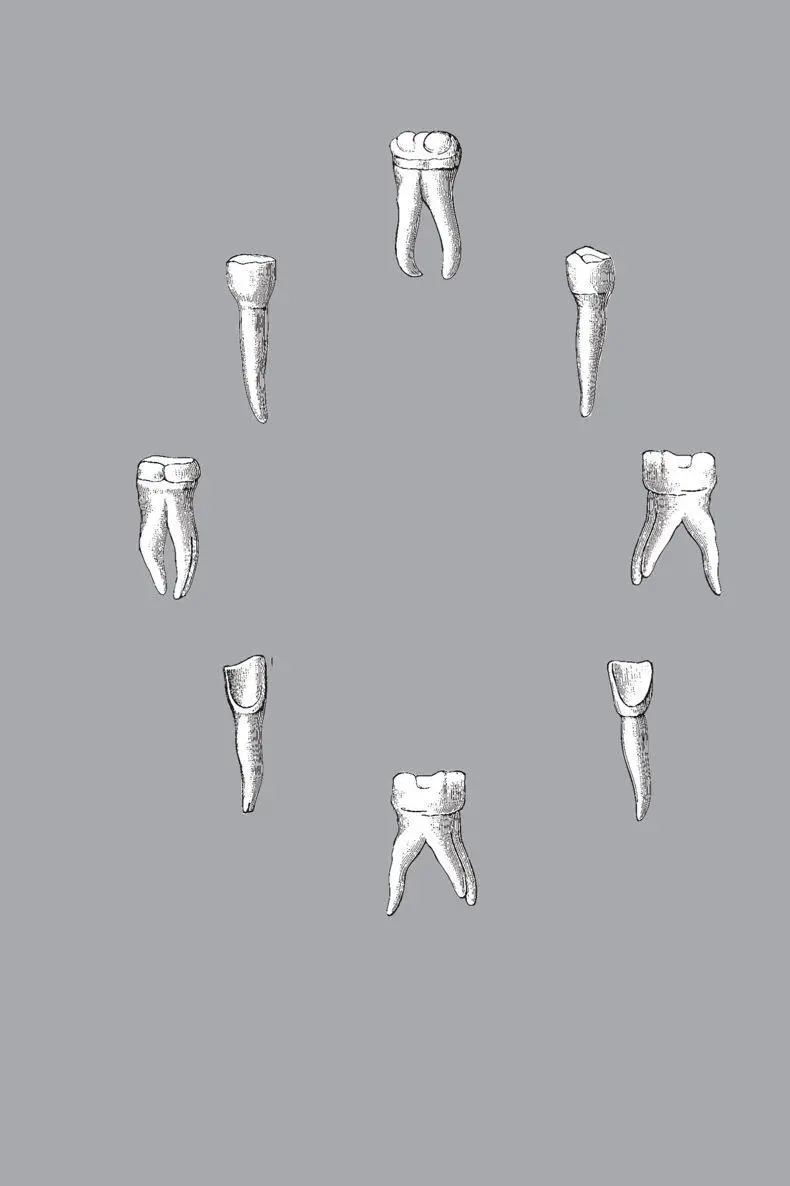
THIS BOOK IS THE RESULT of several collaborations. In January 2013, I was commissioned to write a work of fiction for the catalog of The Hunter and the Factory , an exhibition curated by Magalí Arriola and Juan Gaitán at Galería Jumex, a gallery located in the marginalized, wasteland-like neighborhood of Ecatepec outside Mexico City. The idea behind the exhibition, and my commission, was to reflect upon the bridges — or the lack thereof — between the featured artwork, the gallery, and the larger context of which the gallery formed part.
The Jumex Collection, one of the most important contemporary art collections in the world, is funded by Grupo Jumex — a juice factory. There is, naturally, a gap between the two worlds: gallery and factory, artists and workers, artwork and juice. How could I link the two distant but neighboring worlds, and could literature play a mediating role? I decided to write tangentially — even allegorically — about the art world, and to focus on the life of the factory. I also decided to write not so much about but for the factory workers, suggesting a procedure that seemed appropriate to this end.
In mid-nineteenth century Cuba, the strange métier of “tobacco reader” was invented. The idea is attributed to Nicolás Azcárate, a journalist and active abolitionist, who put it into practice in a cigar factory. In order to reduce the tedium of repetitive labor, a tobacco reader would read aloud to the other workers while they made the cigars. Emile Zola and Victor Hugo were among the favorites, though lofty volumes of Spanish history were also read. The practice spread to other Latin American countries but disappeared in the twentieth century. In Cuba, however, tobacco readers are still common. Around the same time this practice emerged, the modern serial novel was also invented. In 1836, Balzac’s La Vieille Fille was published in France, and Dickens’s The Pickwick Papers was published in England. Distributed as affordable, serialized chapbooks, they reached an audience not traditionally accustomed to reading fiction. I realized I could combine these two literary devices that had once proven adequate in contexts not too different from the one I was facing. In order to pay tribute to and learn from these reading and publishing practices, I decided to write a novel in installments for the workers, who could then read it out loud in the factory.
The Jumex team was supportive and enthusiastic, and set up a space and the necessary conditions for the readings to take place. I wrote the first installment, which was printed as very low-budget, simple chapbooks that were distributed to the workers. A few workers became interested, and the curatorial assistant, Lorena Moreno, helped form and moderate a small reading club that met each week to read and discuss the pieces. I started sending new installments each week; the team at the Jumex Foundation printed the chapbooks and distributed them. With everyone’s consent, the reading sessions were recorded and sent back to me in New York. I would listen to them, taking note of the workers’ comments, criticisms, and especially their informal talk after the reading and discussion. I’d then write the next installment, send it back to them, and so on. They never saw me; I never saw them. I heard them, and they read me. Two members of the Jumex team, Javier Rivero and El Perro, also helped me take and collect pictures of the artwork, the gallery, and the neighborhood, which enabled me, virtually at least, to move around and explore the spaces I was writing about. The formula, if there was one, would be something like Dickens + MP3 ÷ Balzac + JPEG. With the last installment, I also sent the workers an MP3 recording of my voice, thanking them for their time and input. I had been writing under the pseudonym Gustavo Sánchez Sánchez, and I thought it was important to close the circle of intimacy we had created by letting them hear my real voice. Their reaction to my spoken voice was probably similar to my reaction when, months later, two of the workers appeared at the book launch in Mexico City at the Museo de Arte Carrillo Gil. That is when the circle really closed.
Читать дальше
